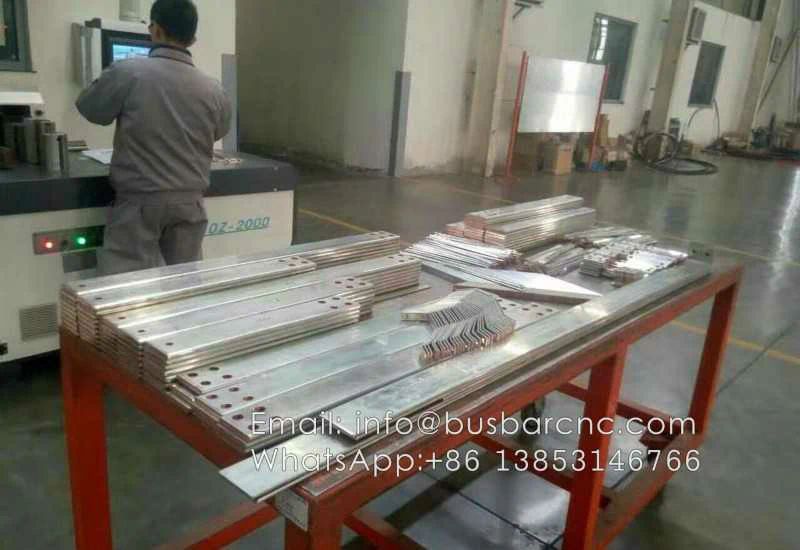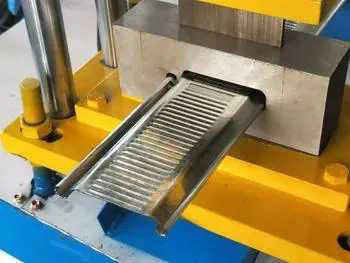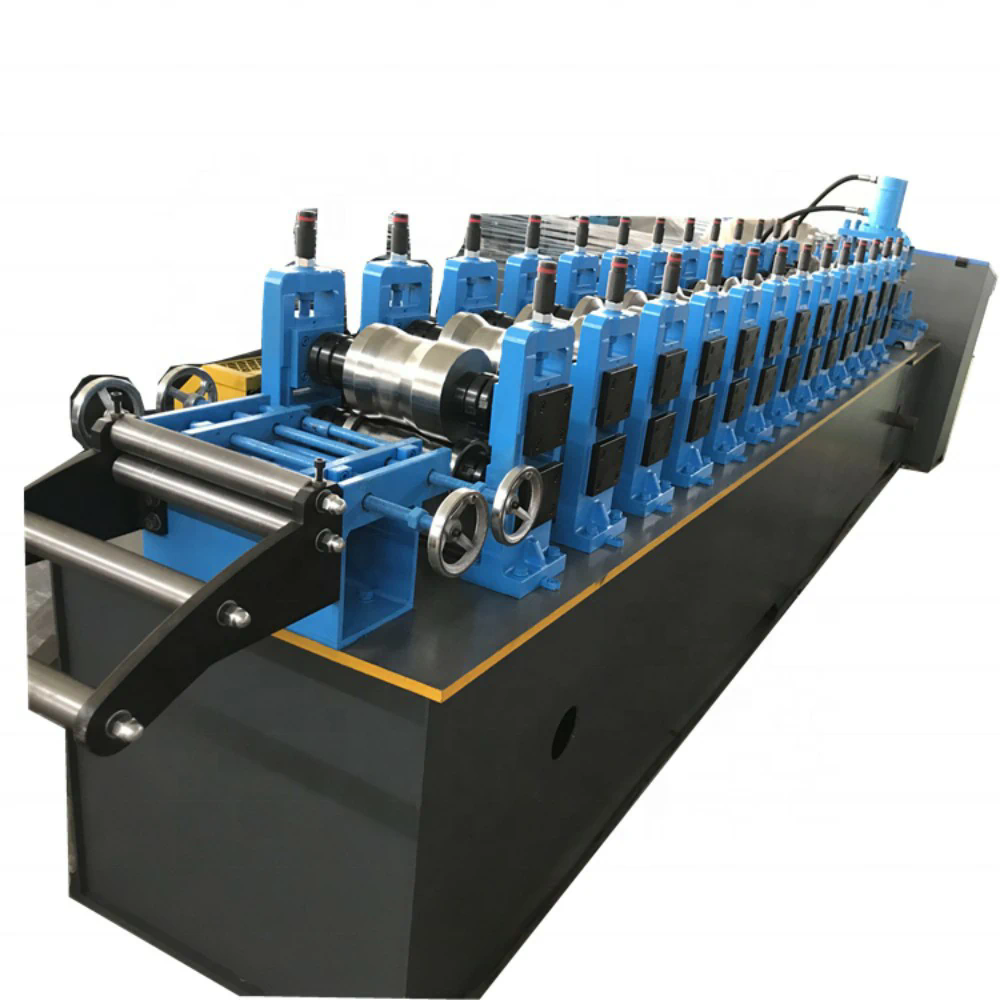Recently, the latest report released by the American Semiconductor Industry Association (SIA) shows that in June this year, global semiconductor chip sales were $50.8 billion, an increase of 13.3% year-on-year, lower than 18% in May, down 1.9% month-on-month, and the growth rate of global semiconductor chip sales has slowed down for six consecutive months. According to Gartner’s latest forecast, global semiconductor revenue is expected to grow by 7.4% in 2022, down from 13.6% forecast in the first quarter of last year and well below 26.3% in 2021.

2021-2023 Global Semiconductor Revenue Forecast Source: Gartner
Although the semiconductor industry is currently in a downward cycle, “profit and loss reciprocation” is the law of industrial development. The reporter learned in the interview that the global semiconductor industry may enter a new economic cycle after experiencing rapid growth, and automotive chips, AI large computing chips, memory and computing integration chips, and new energy vehicles will become the main driving force for opening a new cycle.
Chiplet package or help the consumer electronics market pick up
A few days ago, many chip manufacturers released financial reports, Samsung, Qualcomm and Intel based on their respective revenue and profits, are conservative about the future market, NXP, Texas Instruments, STmicroelectronics three manufacturers only for the third quarter is relatively optimistic. Previously, Companies such as Qualcomm and MediaTek cut orders for 5G smartphone chips in the second half of the year, and Apple, AMD and Nvidia all asked TSMC to cut or delay orders.
When it comes to the unavoidable “cutting orders”, Apple may be one of the most depressed terminal manufacturers this year. In the first half of this year, Apple withstood the pressure of global inflation and pushed the cheap 5G version of the iPhone-SE3, hoping to harvest the market downward and snipe at the high-end models of Android. However, this mobile phone that was optimistic about the industry did not sell for a long time, and it was exposed to the news that the supply chain side cut 20 million production. And it’s not just Apple that cuts orders. Industry analyst Guo Mingxi previously revealed that so far, the major domestic Android mobile phone manufacturers have cut 170 million units in 2022.
In the PC field, Intel, which has just released its earnings report, is also slightly lonely. Intel’s traditional core INDUSTRy PC chip revenue fell 25% to $7.7 billion due to declining PC demand; Sales in the data center chip division fell 16 percent to $4.6 billion. Intel’s revenue for the quarter was $15.3 billion, down 22 percent year-over-year, the biggest drop since 1999, and its net profit turned from $5.1 billion in the same period last year to a loss of $500 million.
In the $500 billion semiconductor market, memory chips are among the most vulnerable areas of the global economic situation. Under the influence of the complex international situation, the world’s largest memory chip manufacturers – South Korea’s Samsung Electronics and SK Hynix have indicated plans to reduce investment expenditure. Technology research firm Jibang Technology predicts that the DRAM demand bit growth rate in 2023 may be only 8.3%, which may set a record low growth record.
When will the consumer electronics market usher in a rebound, and what are the drivers of the rebound? Zhang Xianyang, an analyst at Xinmou Research, told China Electronics News that the consumer electronics market is expected to rebound in the second half of 2023. Since the beginning of this year, the per capita disposable income of domestic residents in the first half of 2022 was 18463 yuan, a nominal increase of 4.7% year-on-year, compared with the nominal year-on-year rate of 11.6% in the first half of 2021, the increase has narrowed significantly, and the consumption behavior is more rational. In this context, various localities have actively introduced consumption stimulus policies, and it is expected that the boost effect can be seen at the end of the third quarter of this year. <
In addition, the demand for consumer electronics, product penetration and replacement tide are also closely related. Chi Xiannian, senior consultant of CCID Consulting Integrated Circuit Center, told reporters that at present, the penetration rate of consumer electronics terminal products such as mobile phones and PCs is high, so it is expected that in the next 2-3 years, when a new wave of replacement tide appears, the consumer electronics market will usher in a rebound.
Wang Chenyu, general manager of the investment department of macro-economic Hengxin Huaye, believes that consumer electronics will not see obvious signs of rebound in the short term. From a macro point of view, there is still uncertainty in the policies of various countries, consumer electronics can not see the emergence of innovative products in the short term, the market volume of VR products determines that it can not “save” the entire consumer electronics market, and the outbreak of the AR market is still too early. Consumer electronics is expected to face a growth bottleneck for a relatively long time. However, compared with the market decline rate in the second quarter, although the current inflection point of the consumer electronics market has not yet appeared, it is expected that the market will begin to stabilize overall.
At present, the consumer electronics market is weak, mainly due to the decline in mobile phone sales, and the slowdown in application-side innovation. Based on this, Sun Jian, managing partner of Stony Brook Capital, believes that downstream development can be driven by the chip side at present. The first is to promote innovative chips. For example, soCs that integrate multiple chip functions can further reduce area, power consumption and cost, giving users a better experience; Second, chiplet packaging chips will have a better prospect. The combination of advanced and mature processes can reduce the cost of CPU and further reduce the price of consumer electronics. <
However, Sun Jian also told reporters that the reason for hindering the development of innovative chips and Chiplet packaging chips is that the current market demand is not strong, and the new growth points on the application side are relatively weak. lcm tft hmi
The hot state of automotive chips may continue
This year, the semiconductor market has entered the adjustment cycle from a shortage cycle. However, even if the consumer market declines, automotive chips are still very “sought-after” and are expected to become an important market driver for the semiconductor industry to open a new cycle. According to AFS, a data forecasting company for the automotive industry, nearly 3 million vehicles have been cut in 2022 so far. That number is expected to grow to more than 3.8 million by the end of the year.
The “hot hand” of automotive chips can also be seen from the financial reports of chip manufacturers: Texas Instruments’ automotive chip market in the second quarter increased by more than 20% year-on-year; NXP, the largest automotive chip manufacturer, generated revenue from its automotive business of $1.713 billion in the second quarter, up 36% year-on-year; STMicroelectronics remains strong in automotive and industrial market demand, with 18 months of backlog visibility in the automotive business, well above its current supply capacity.
The second quarter revenue of the six major chip companies Source: According to public information,
in fact, the current tight supply of automotive chips in many places has not been alleviated. Chen Datong, chairman of the Yuanhe Puhua Investment Committee, told reporters that for example, benefiting from the rise in 8-inch wafer production capacity, the process capacity of more than 180nm is still insufficient. Among them, automotive ICs account for a large share. AAccording to a report released by IDC, an industry analyst agency, as the world’s largest new energy vehicle market, China’s new energy vehicle market will reach 5.225 million units in 2022, an increase of 47.2% year-on-year. By 2025, the new energy vehicle market size is expected to reach about 12.99 million units, with a compound annual growth rate (CAGR) of about 38% from 2021 to 2025. The proportion of automotive electronics costs in new energy vehicles is higher than that of traditional models, and the rapid increase in the penetration rate of new energy vehicles is a strong driving force for the growth of the automotive electronics market.
“As the growth rate of new energy vehicles has greatly exceeded expectations, the penetration rate of intelligent driving and intelligent cockpit has increased rapidly, and the entire industry chain is not prepared for this.” Wang Chenyu said that at present, there is still a structural lack of cores in the automotive chip market, such as position sensor chips. Although part of the production capacity released by consumer electronics will alleviate some of the capacity pressure of automotive chips, it is expected that automotive chips will still be in a “tight supply and demand” state in early 2023. In addition, in power semiconductors, SiC and other industrial chains are still in a state of relative imbalance between supply and demand, mainly because the maturity and production capacity of the industrial chain are still expanding, and it takes a long cycle to achieve supply and demand matching.
Sun Jian also told reporters that on the chip supply side, there are not many companies with car regulation chip manufacturing capabilities in the world, and the manufacturing capacity of vehicle regulation products is low. In addition, due to the long cycle from fab expansion to production line, there is no sign of relief in the short term.
Based on the current market situation, the hot state of automotive chips may continue until next year. Zhang Xianyang told reporters that the downturn in the consumer electronics market has caused many Foundry factories to transfer production capacity to the automotive market. Because the current automotive chips are mainly using processes of 55nm and 40nm, the capacity gap of automotive semiconductors in the future will be quickly filled
“In the short term, the domestic semiconductor market will still maintain a structural shortage situation, and the focus of follow-up semiconductor production capacity will shift to the automotive market.” Zhang Xianyang said.
Chi Xiannian also believes that most of the automotive chip products will continue to remain in short supply. He said that in recent years, the demand for smart electric vehicles is strong, due to the quality requirements and product verification of vehicle-grade chips, the manufacturing capacity of traditional large factories is limited, which makes the automotive chip market appear tight supply phenomenon.
Overall, the auto industry may not be able to truly recover from the tight supply of chips until 2023 or even after 2023. Sam Fiorani, vice president of global automotive forecasting at AFS, has previously affirmed this inference. In his view, the problem of car chip supply “is not a problem that can be solved quickly.”
However, the shortage of automotive chip supply will also bring new growth opportunities to some markets. Sun Jian told reporters that there are many opportunities for the growth of automotive chips. Previously, there was a lack of domestic automotive product suppliers, and there were good opportunities in the future than MCUs, MPUs, MOS (including wide bandgap semiconductors), etc., or will promote the rise of local suppliers.



